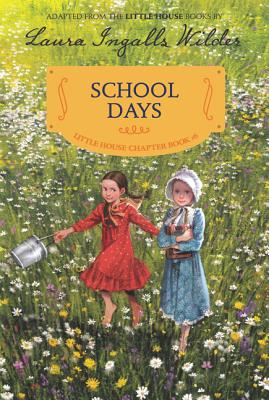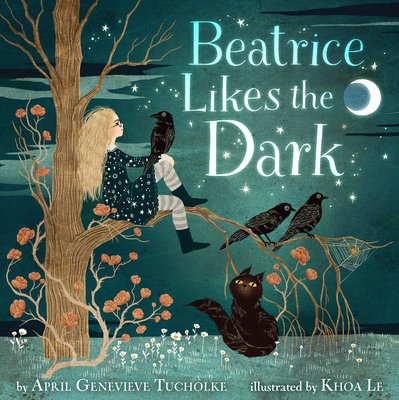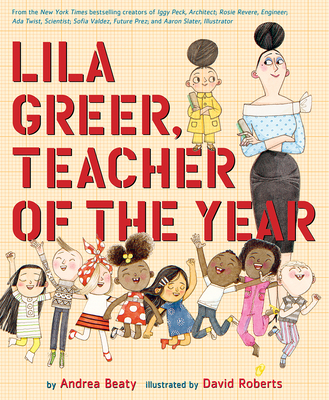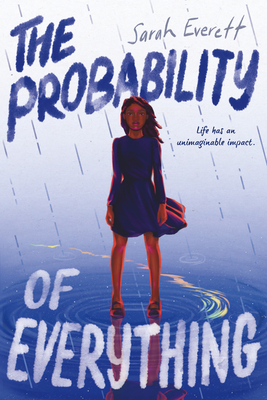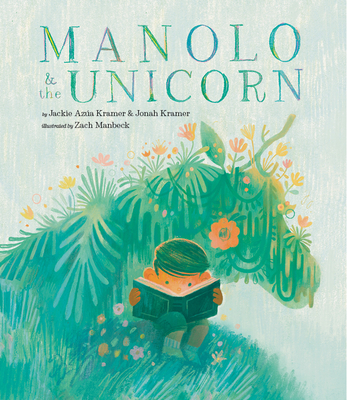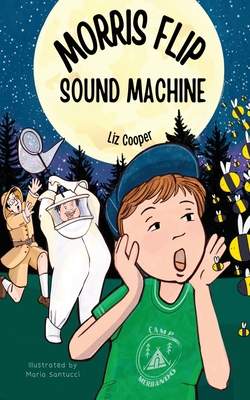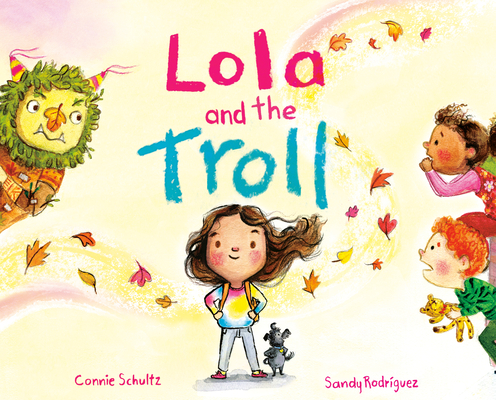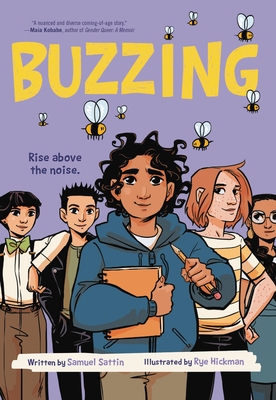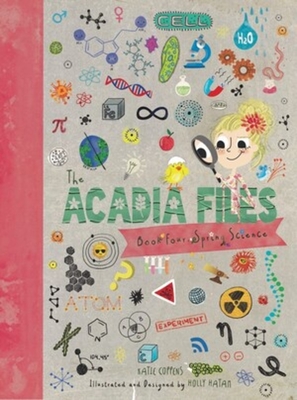
The Acadia Files: Spring Science (Acadia Science Series #4)
Description
The Acadia Files series uses real-world scenarios to make scientific inquiry relatable.
Acadia Greene has done science in summer, autumn, and winter. In the fourth and final book of this series, she carries her search for answers into the spring, investigating meteors and mass extinctions; germination and pollinators; parasites, ticks, and Lyme disease; and pesticides and malaria. Finally, looking back through her notebooks, she puts together her scientific inquiries from all four seasons into a holistic understanding of the natural world. Acadia is curious, determined, bold, and bright—a wonderful STEAM ambassador!
Lexile 750
Praise for The Acadia Files: Spring Science (Acadia Science Series #4)
The Acadia Files introduces kids to science via the readily observable principles and easy-to-reproduce experiments of its precocious and endlessly curious lead character, Acadia, who’s enjoying the summer before she enters fifth grade. Both of her parents are science teachers, so learning is naturally encouraged.The book introduces important scientific information in a clear and enjoyable fashion. Each chapter highlights a new topic based on Acadia’s summer activities and what she observes. Acadia uses the scientific method to discover who is stealing her blueberries from the bushes. She learns about genetic inheritance of traits like height and curly hair. She learns how sand is formed and what creates seasons and tides. Her summer adventures will open young minds to science and how it helps to make sense of the world. Illustrations from Acadia’s scientific notebook include amusing images, notes from experiments, and summaries of what she learned. Lists of vocabulary terms and further questions are also included. Notebook pages beautifully reflect the perspective of a ten-year-old girl. They are fun and entertaining, supporting and clarifying scientific concepts.The science in the book is wonderfully presented, but there is also another layer of lessons: Acadia learns not to accuse someone without proof; she learns to treat others with kindness; and she learns to accept and even celebrate things that might otherwise irritate her, such as the early morning sun and the temporary nature of a sandcastle.These age-appropriate lessons are clearly conveyed, without taking attention away from the book’s science.
The Acadia Files is an excellent book that will help its audience look at the world in a new way.
Disclosure: This article is not an endorsement, but a review.
— CATHERINE THURESON - Foreword Review
Stories are a wonderful way to communicate the wonders of science to people of all ages. This is particularly true when it comes to children. The Acadia Files: Book Four, Spring Science, Katie Coppens’ latest book about a young girl, named Acadia, who explores her surroundings combines lighthearted storytelling with carefully selected morsels of information. In the process, she poses prescient questions to her friends and parents. Wielding the curiosity of a budding scientist, Acadia learns to look at the world from a science-based perspective.
The book touches on a wide range of topics, familiarizing readers with different scientific fields. Coppens introduces astronomy and physics through a discussion about asteroids and meteorites. From there, she shifts focus to the seasons on earth and discusses the various tell-tale signs that winter has given way to spring. Coppens deftly pivots to environmental issues ranging from diseases to Earth Day and the damaging effects of pesticides.
The stories in The Acadia Files build up to a unifying theme: Nature’s interconnectedness. You can draw a line from the changing of seasons to the effects of human agriculture on the planet. A series of illustrations at the end of the book helps readers visualize the links between seemingly unrelated factors.
Practical experiments or activities that parents can do with their kids supplement the stories in The Acadia Files. Demonstrating concepts highlighted in the stories is the best way to retain the book’s lessons. For example, simulating the effects of gravity and meteorite impacts are as easy as dropping different sized balls into loosely packed dirt or sand.
In The Acadia Files Katie Coppens continues teaching children by speaking to them through Acadia. This allows her to connect with them as a peer and in the process, nurtures a bond with science. Coppens deftly balances narrative accessibility with the complexity of her topics. She never speaks down to her readers by engaging in unnecessary simplifications. By trusting their intelligence, she ensures they trust her in return.
— Scientific Inquirer


